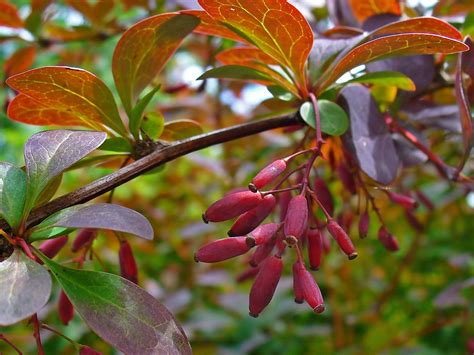Berberis Plant. Berberis vulgaris, commonly known as barberry, is a shrub that grows tart, red berries. Berberis darwinii, native to chile and argentina, is upright, evergreen and has small, spiny leaves, yellow flowers followed by blue berries.

Berberis thunbergii is a dense, rounded shrub with numerous branches. Orthobotrys bienert ( 28 ). The plant has been widely cultivated for hedges in new zealand.
This Plant Is Extremely Invasive In Some Areas, So Research Carefully Before Planting.
For a good show of flowers site them in an open, sunny site. It's covered with little orange or yellow flowers in springtime. It is hardy to uk zone 3 and is not frost tender.
See Above For Usda Hardiness.
They’re a good choice for low hedging or as border plants. These are primarily included because names of. S., but it quickly fell out of favor in horticulture because it is an host for the highly damaging wheat rust (a fungal disease of grain crops).
The Species Is Hermaphrodite (Has Both Male And Female Organs) And Is Pollinated By Insects.
It is a flowering plant with yellowish flowers and foul in the smell. Common barberry was the first of the barberries (berberis ) to arrive in the u. It was the focus of concerted eradication efforts in the early 1900's, but some populations still remain in new england.
This Plant Is Intolerant Of High Heat Loads And Is.
Orthobotrys bienert ( 28 ). Birds like the barberry fruits, so they can. Flowering in springtime with delightful small blooms, it provides a lovely display of brightly coloured leaves of reds and oranges during autumn.
Berberis Is The Largest Woody Plant Genus Of The Basal Eudicots (12, 27).
Japanese barberry was historically used in living fences for livestock and for herbal medicines but is now used primarily as an ornamental hedge plant and. The medicinal plants from genus berberis are particularly important in traditional medicine and the food basket of iranians. It prefers a sunny position in moist loamy soils, but can grow in heavy clay and nutritionally poor soils.
